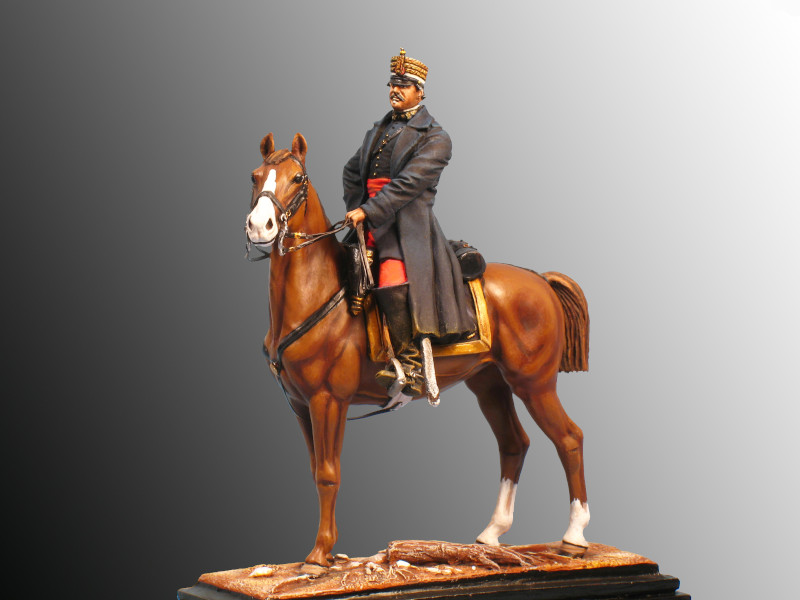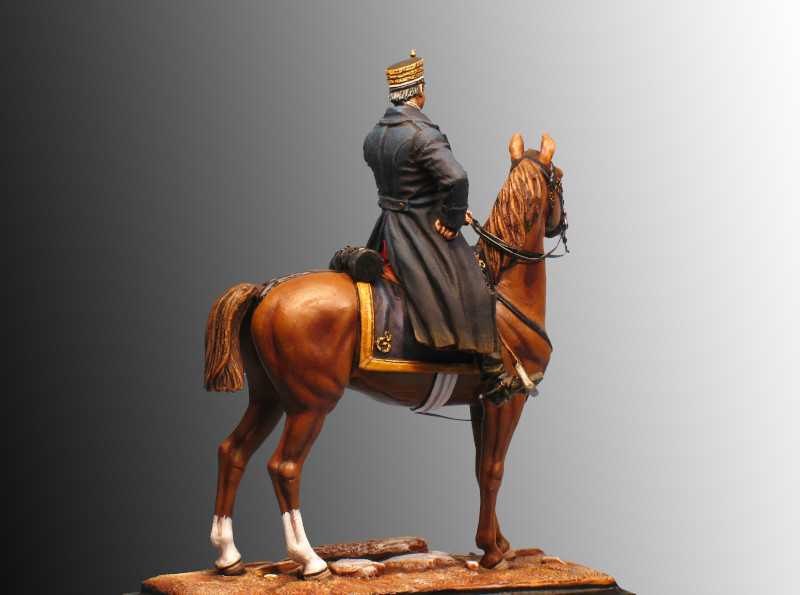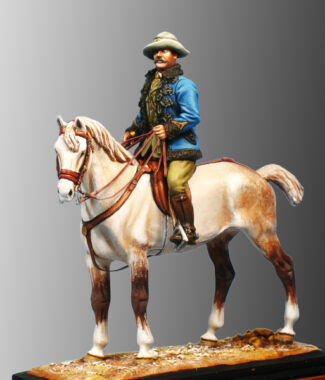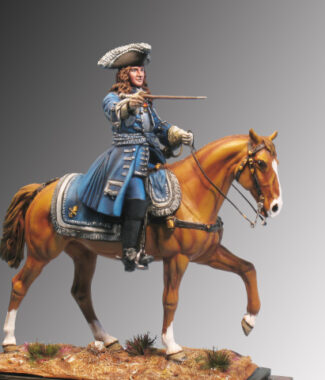You must be logged in to post a review.
Manuel Gutiérrez de la Concha. Marqués del Duero – 1874
€89.00
Figure to assemble and paint
Ref.: 5 – CT
Weight: 250 grs.
Material: Metal blanco
Number of Pieces: 18
Historical Review:
Manuel Gutierrez de la Concha. Marquis of Duero – 1874
Manuel Gutiérrez de la Concha, first Marquis of Duero, was born in 1808 in Tucumán, Córdoba (Argentina). He was the brother of José Gutiérrez de la Concha, also a soldier and politician. After his father, a brigadier in the navy, died in 1810, shot in the May Revolution during the American War of Independence, the family took up residence in Spain, where Manuel de la Concha studied in preparation for joining the army. In 1820, at the age of fourteen, he joined the Royal Guard and was promoted to ensign in 1825, lieutenant in 1832 and lieutenant colonel of Infantry in 1833.
When Ferdinand VII died, he openly showed his sympathy for Isabella II, as he had already suffered several months of arrest for his vehemence towards liberal ideas. He joined the Army of the North at the beginning of the Carlist War and immediately distinguished himself for his extraordinary qualities. For his actions in that war he was awarded several San Fernando crosses and was promoted to the rank of field marshal in 1840. Commander General of the provinces of Guadalajara and Cuenca in 1841, he took part in the frustrated anti-sparterist attempt by Diego de León and the moderates in the events of October 1841, for which he had to go into exile.
In summer 1843 he actively contributed to the fall of the regent Espartero, which earned him promotion to lieutenant general. Appointed Inspector General of Infantry by the moderates in power, he was Captain General of Castilla la Vieja. He held this position when he was entrusted, in 1847, with the command of the expedition to Portugal to quell the revolution of Maria da Fonte and maintain the government of Queen Maria II of Portugal, following the guidelines of the Quadruple Alliance. He managed to restore, without actually fighting, the Portuguese sovereign authority in Porto and received honors in Portugal and in Spain (marquisate of the Duero, with Grandeur of Spain). Two years later and from his command of the Captaincy General of Catalonia, he put an end to the problem of the “matiners” in 1849.
He collaborated with O’Donnell during the Progressive Biennium from various positions: deputy to the Cortes, president of the War Consultative Board. Captain general of the two Castillas with the Liberal Union, in the 1960s he left politics and the military, an activity that he took up again in 1872, becoming one of the staunchest supporters of alfonsismo.
His great military capacity and prestige – he can be considered the best Spanish strategist of the 19th century – led the government of the First Republic in 1874 to give him the crucial command of the Third Corps of the Army of the North. In the three months that he was on the Carlist front he achieved victories of great resonance and significance, above all the liberation of Bilbao in May. He was preparing the attack on Estella, the symbolic “capital” of the Carlists, when he was killed by a stray bullet in Monte Muro on June 27, 1874.
Manuel Gutiérrez de la Concha was, in all probability, the soldier who was destined to proclaim the restoration of Alfonso XII. After his disappearance, it would be a subordinate of his in the north, Martínez Campos, who would do so a few months later in Sagunto.
The figure wears the campaign uniform, with a single-breasted jacket and the corresponding general’s sash. He wears the leopoldina, a head garment somewhat smaller than the ros, which owes his name to Leopoldo O’donnell. Due to the cold weather in the initial months of this campaign, he wears the regulation coat.








Reviews
There are no reviews yet.